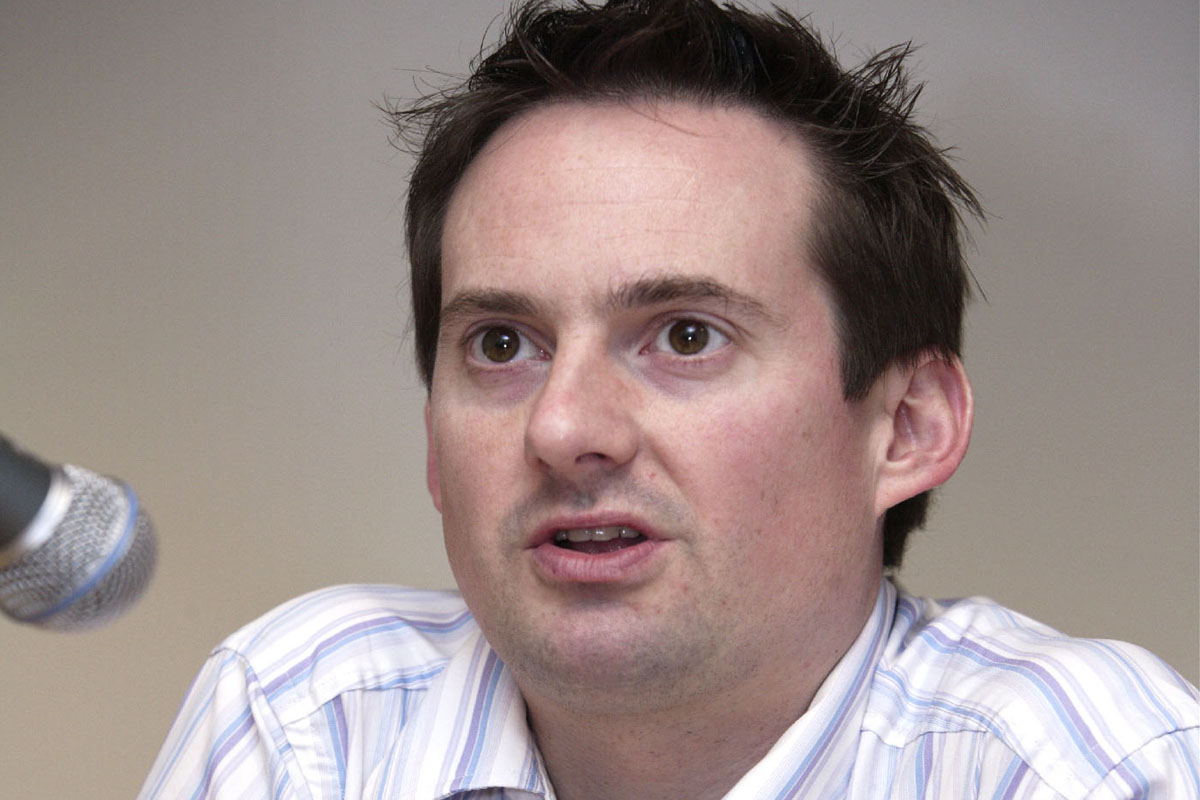How much does the average drone cost?
A lot less than you'd think, Stephen Pritchard reveals...

Inside the Enterprise: Next week, the leading lights of broadcasting will gather in Las Vegas for the annual NAB Show.
But, on the other side of America, a Chinese company with its origins as a toy maker, has already showed its plans to disrupt that industry.
In New York, DJI which makes remote control helicopters or "drones" launched two new quadcopters with built in cameras. The Phantom 3 Professional boasts a 4K camera. The Phantom 3 Advanced films in regular HD, but costs just $999.
For anyone working in broadcasting, these prices are game changing. One thousand dollars, or about 650, doesn't buy even the cheapest TV camera, let alone one that can fly.
And the new Phantoms go further, quite literally. The quadcopters can stream live video footage at a very respectable 720p resolution, directly from the aircraft, directly to YouTube.
DJI claims a maximum operating range for the streaming signal of about a mile, opening up the door to using the Phantoms to live stream sports events, breaking news, or even natural disasters. Anyone with a quadcopter now has an aerial video platform, combined with free, live streaming: something broadcasters would readily have paid a six figure sum for until recently.
The idea that anyone can pop into a hobby shop and buy this type of technology worries some. Regulators in the UK and especially the US have strict rules on how - and where - drones can operate. In the US, only very limited commercial use of drones is allowed. In the UK, where the Civil Aviation Authority's regulations on remote controlled aircraft are widely regarded as a model of sensible best practice, drone operators have to avoid people and congested areas, and above all, keep their aircraft in sight.
Get the ITPro daily newsletter
Sign up today and you will receive a free copy of our Future Focus 2025 report - the leading guidance on AI, cybersecurity and other IT challenges as per 700+ senior executives
These regulations could, potentially, limit the use of drones for film making and especially newsgathering, as one reason to use a quadcopter is to reach areas a ground-based camera operator cannot. But organisations that have used drones point out that they often operate in remote regions; operators using drones in congested areas in the UK can do so, but with permission from the CAA. The BBC, for example, uses a two-person crew to operate its filming drones: one to fly the aircraft, and the other to manage the camera.
But the latest generation of quadcopters are also addressing some of the safety issues posed by drones. After a US government employee crashed an earlier-model Phantom on to the lawns of the White House, DJI increased the number of "no fly" zones programmed into its aircraft. Much of Washington DC is now off-limits, at least to consumer craft.
Manufacturers are adding other safety features, such as the ability to hover, or land safely, even without a GPS signal. The new Phantom 3s have ultrasonic sensors both to aid indoor flying, and to make take off and landing easier.
This, though, reflects the origins of companies such as DJI and rival Parrot in the hobby and leisure, rather than defence, markets. Calling these little quadcopters drones conjures up an image of the large military remotely-piloted aircraft used in Afghanistan and elsewhere. But it's the hobbyists' versions that are changing broadcasting, and could change other industries too.
Stephen Pritchard is a contributing editor at IT Pro.
-
 CyberOne appoints Microsoft’s Tracey Pretorius to its advisory board
CyberOne appoints Microsoft’s Tracey Pretorius to its advisory boardNews The threat intelligence leader will provide strategic guidance to CyberOne’s executive team
By Daniel Todd
-
 CISA issues warning in wake of Oracle cloud credentials leak
CISA issues warning in wake of Oracle cloud credentials leakNews The security agency has published guidance for enterprises at risk
By Ross Kelly